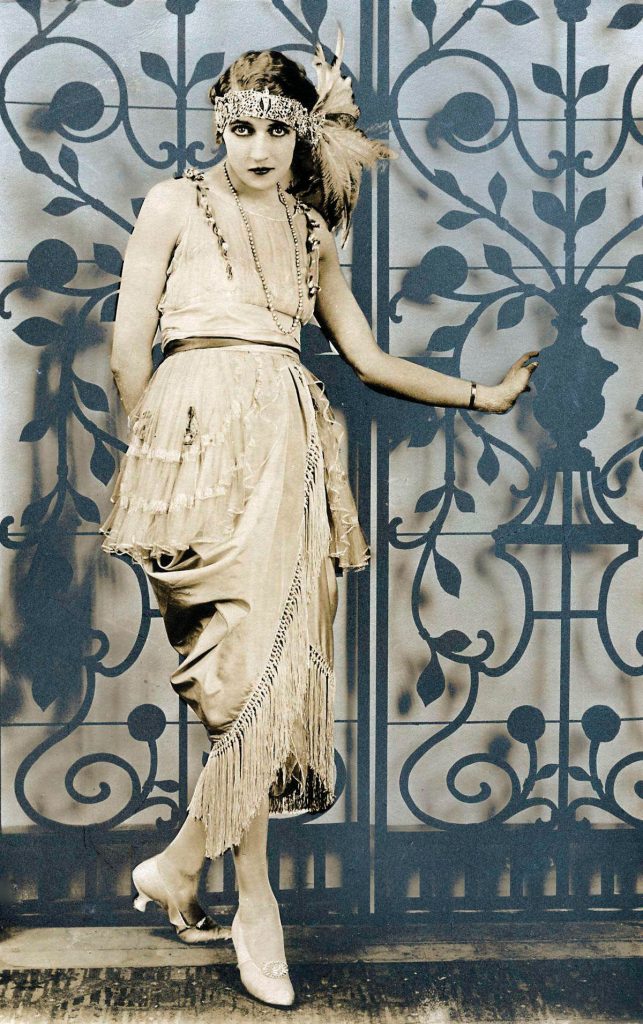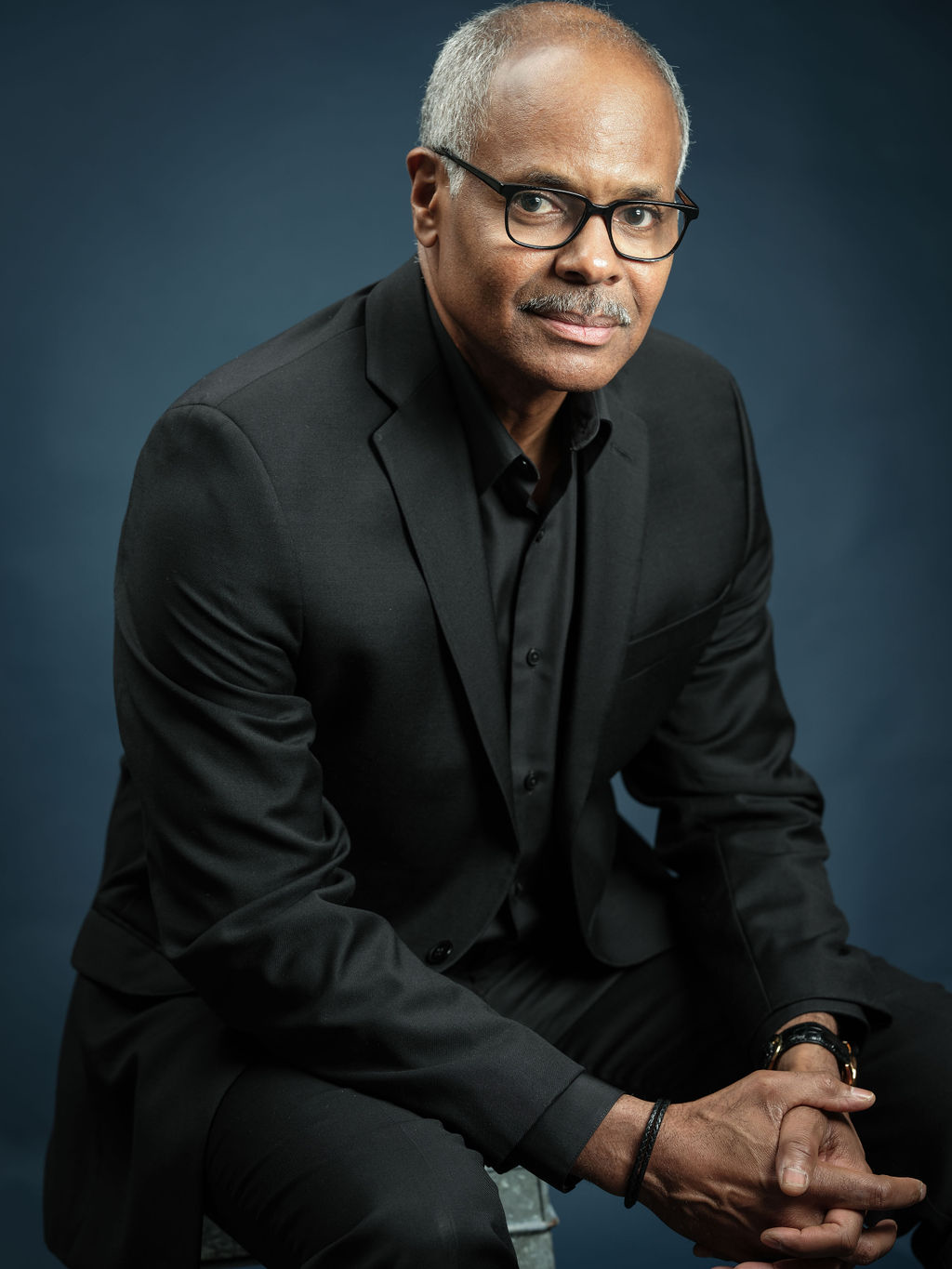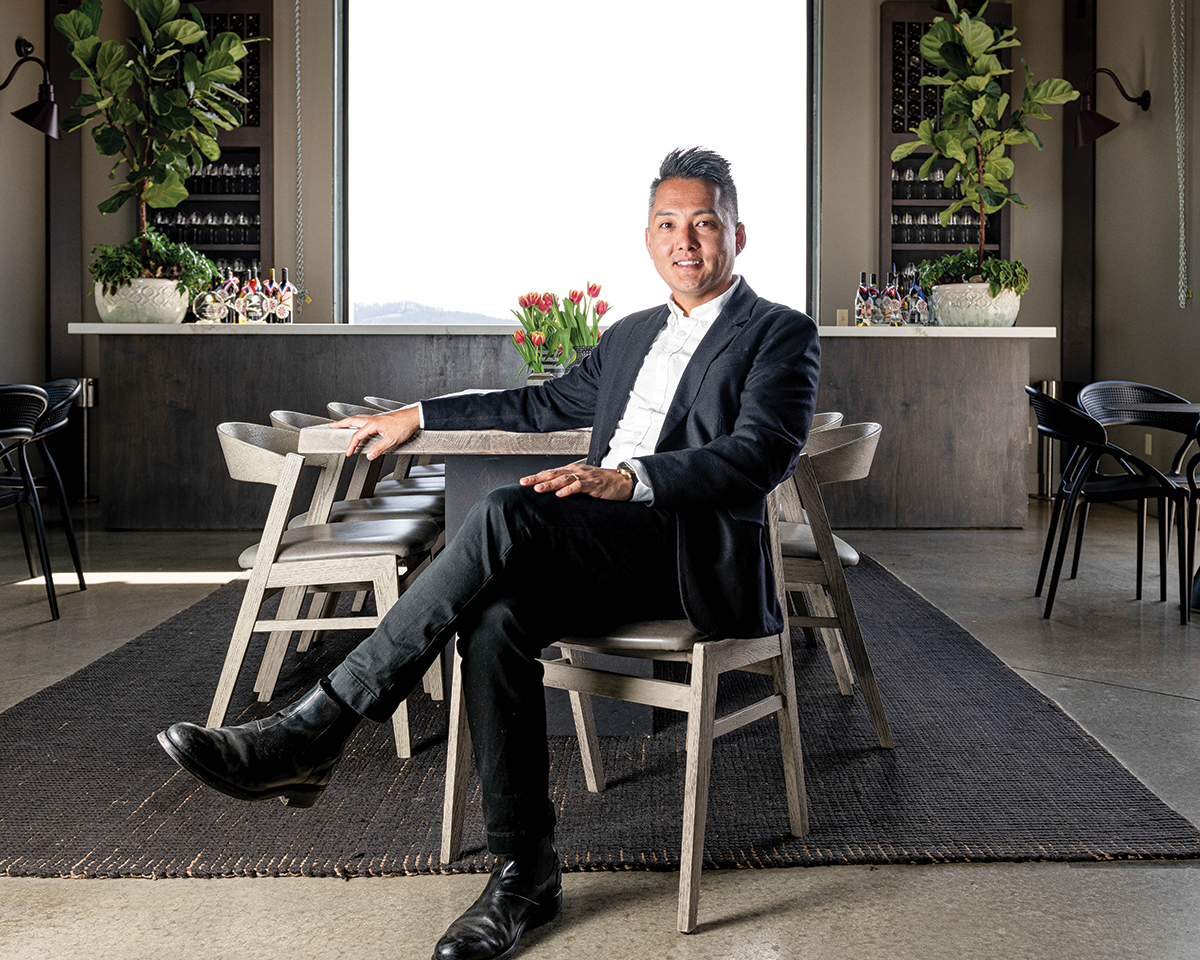The 2020s comes in with a roar for Flat Rock lecture

What will she do 100 years later?
The beaded dresses. The skyscrapers. The Great Gatsby. The 1920s were a jazz party at a Speakeasy drenched in bathtub gin, but also a time of social progress, in which women, newly afforded their suffrage, tossed aside their corsets, crinolines, and chignons for short skirts, bobbed hair, and an increased presence in the social and political landscape.
A generation of young men, deemed poetically “lost,” emerged from the trenches of World War I to create art, literature, and architecture that would not just define the decade but the still-newish 20th century. With gangsters, flappers, Art Deco, and easy credit available to a brand-new middle class, the 1920s were a decade unlike any other — a transitional era of great opulence and decadence, rising out the global political instability of the 1910s and teetering irrevocably toward the financial collapse of The Great Depression.
Here at the dawn of the new ’20s, in an era full of uncertainty, transition, and some measure of new-millennium opulence, historian Richard DeSimone finds plenty of reasons why contemporary America should reflect on that earlier era. His course, “The 1920s — A Short Cultural History, Looking Back after 100 Years,” takes students on a guided tour of the decade, exploring both the sublime and ridiculous of “The Age of Ballyhoo” that was known for both its carefree amusements and its paradigm-shifting historical movements, including Prohibition and Women’s Suffrage.
“American culture was rapidly changing,” says DeSimone. “How we reacted will be the focus of this class.”
A chemist by profession, DeSimone has an interest in American history that goes beyond casual. His years of study and research have given him insight into both the details of the particular period and the way those presuppose some of our current challenges.
“Much of what defines our culture today had its beginning in the 1920s,” says DeSimone. “Consumerism, the growth and influence of advertising and media, and our obsession with sports and entertainment. Now, as then, ‘bread and circuses’” — pastimes that distract the masses from larger issues — “have always worked wonders.”
And yet the delights of the 1920s are iconic. The people of the era, after the sacrifice and idealism of the previous decade, were ready to have a good time.
“I hope the attendees will take away some appreciation of the issues of the day that are still with us,” says DeSimone. “I find it fascinating how people find ways to live the good life. I hope the rest of my class does, too.”
The Blue Ridge Center for Lifelong Learning presents “The 1920s — A Short Cultural History, Looking Back After 100 Years” on Monday, March 16, 10am-12pm in Room 233 of the Sink Building at Blue Ridge Community College (180 West Campus Drive, Flat Rock). $20/members, $30/nonmembers. For more information, see brcll.com.



